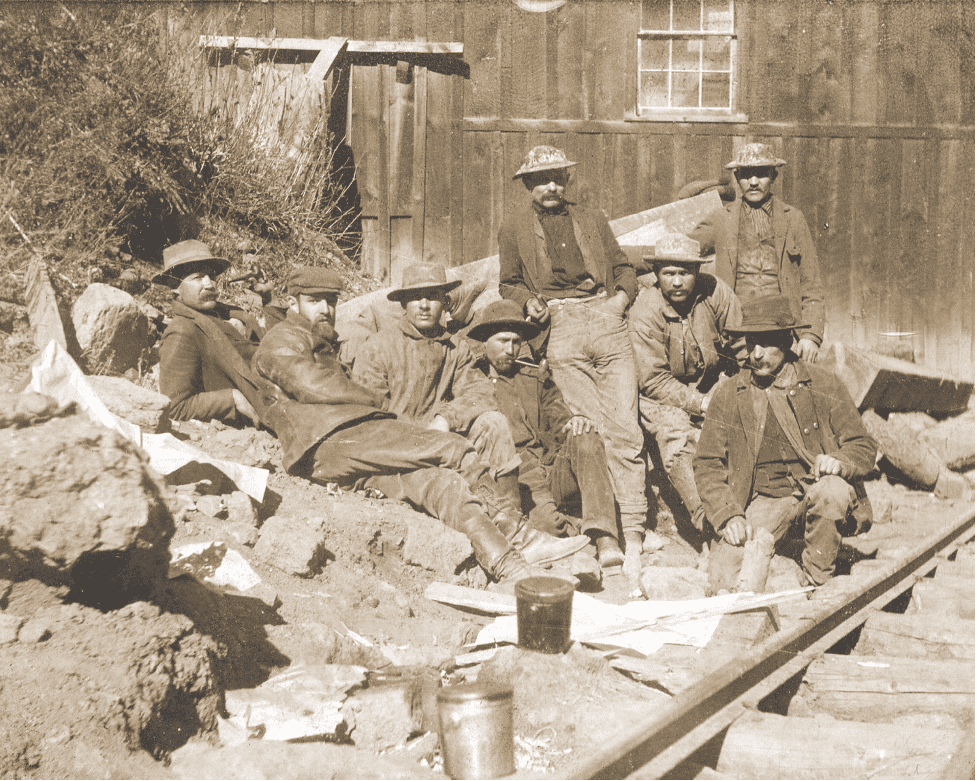No restrictions at this time.

Pioneering Colorado’s mountainous landscape was no easy feat. With minimal supplies and broken-down wagons, many people didn’t survive the journey over. The migrators that made it settled into the welcoming valley we now know as Idaho Springs. Once the location was settled, the next step was to find sustainable sources of mining food.
Colorado has a diverse landscape, providing plenty of resources for newcomers to utilize when building their new homes. Traversing from the east for a new start, or backtracking from the west for a second chance, Idaho Springs’s newest residents were in for a challenge as winter approached. How did they fare?
The Beginnings of Mining Food
By the time the migrators got to Idaho Springs, their supplies were desolate. Besides some dried foods they carried in their packs, they didn’t have much to work with nor to sustain them during their endeavors. Therefore, foraging and hunting were their best bet for survival.
Berries, herbs and wild game were abundant in Colorado’s mountains. They hunted for squirrels, bison, prairie dogs and bighorn sheep to be cooked, smoked and saved for as long as possible.
Oftentimes, a fire was difficult to get started and maintain due to the wet snow covering the ground. This led to the innovative use of “buffalo chips,” dried buffalo droppings, to use as a form of kindling. In desperate circumstances, the survivors sacrificed their shelters and modes of transportation—burning the frames of their wooden wagons.
There were also few women on this journey, requiring the men to learn how to cook their own mining food with limited supplies. A typical camp consisted of Dutch ovens, coffee pots, tin plates and frying pans. Materials like these were occasionally traded with Native American tribes for more food such as corn and beans.
Once Settled
Once a community was established in Idaho Springs, the circumstances got better—as did the food. Due to the high volume of Cornish miners that migrated in search of gold, the Cornish Pasty was a popular treat. These are golden, crusty pockets filled with meat and vegetables (predominantly potato).
The Cornish Pasty was the perfect mining food due to its transportable structure and energy-sustaining nutrients. Miners would bring them to work in their pockets for a mid-day meal. To heat them up, they would put them on their shovels and hover them over a candle. The bakers would carve initials into the ends so miners didn’t confuse whose pasty was whose. The thick crust edge also functioned as a handle for disposal, as the miners had dirty hands covered with arsenic dust. A few superstitious miners would leave these crusts as an offering to the ghosts, or “knockers.”
Additionally, beer was more often consumed than water, as it was safer to drink and provided more carbs and calories for hard-working miners. Other popular mining foods included gritty pancakes, sludgy cowboy coffee, and salt pork—foods that were easy to make, sustaining, and wouldn’t spoil quickly.
Idaho Springs Today
Now, the city of Idaho Springs is flourishing with shops and restaurants to entice tourists and history buffs. If it weren’t for the strength of the early settlements, Colorado might not have received state status. The Colorado Gold Rush was imperative to our state and country—The Argo itself processed $2.6 trillion in gold (adjusted for inflation) while in operation!
To learn more about the Colorado Gold Rush and The Argo Mill & Tunnel’s role in it, plan your visit! You’ll have opportunities to tour our mill and tunnel and even pan for gold. Afterward, try out a traditional Cornish Pasty at The Pasty Republic in Denver!